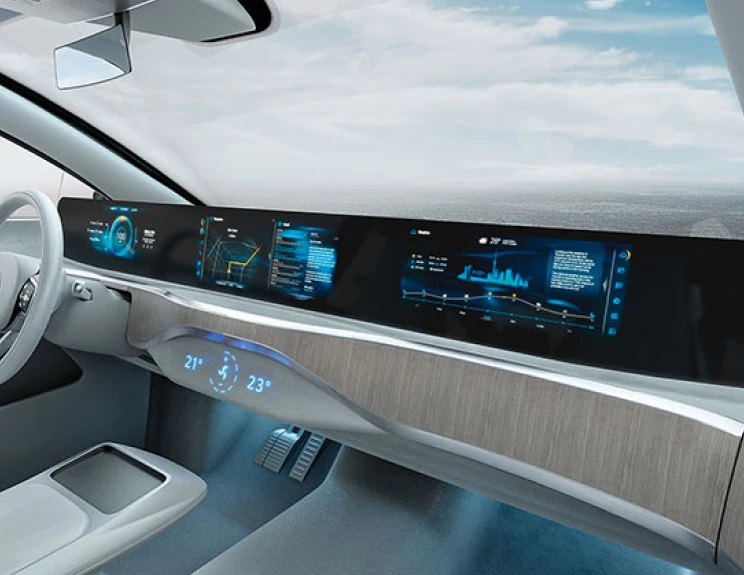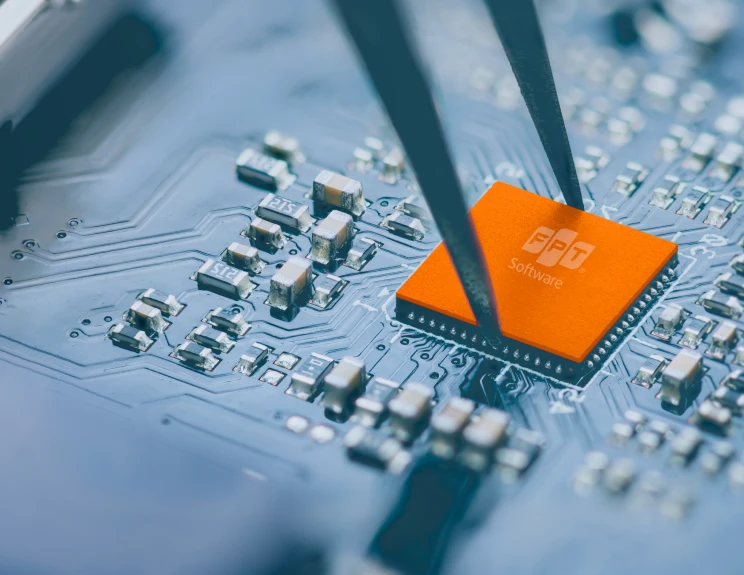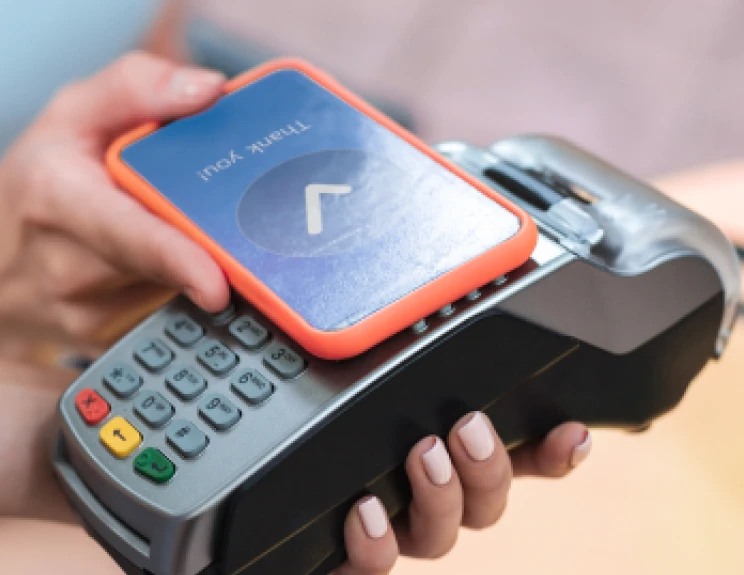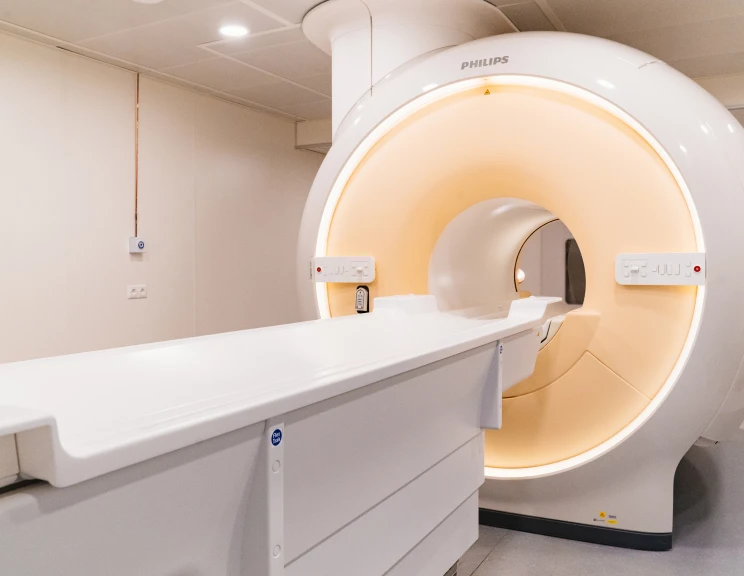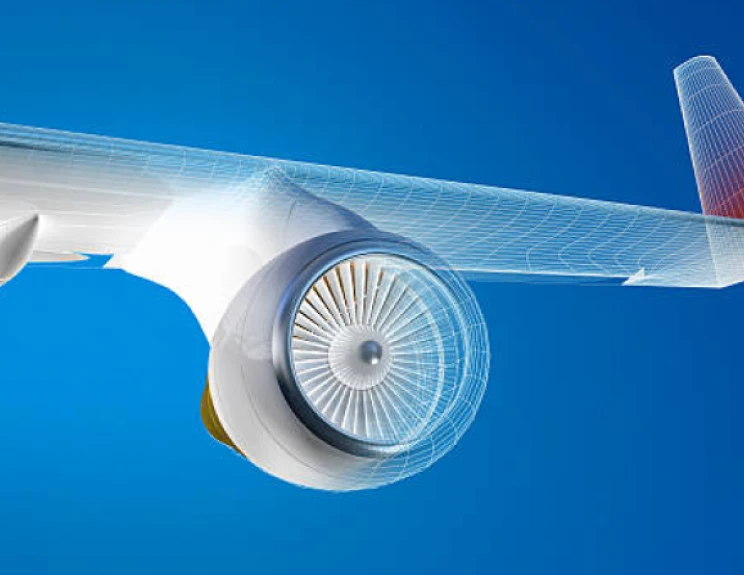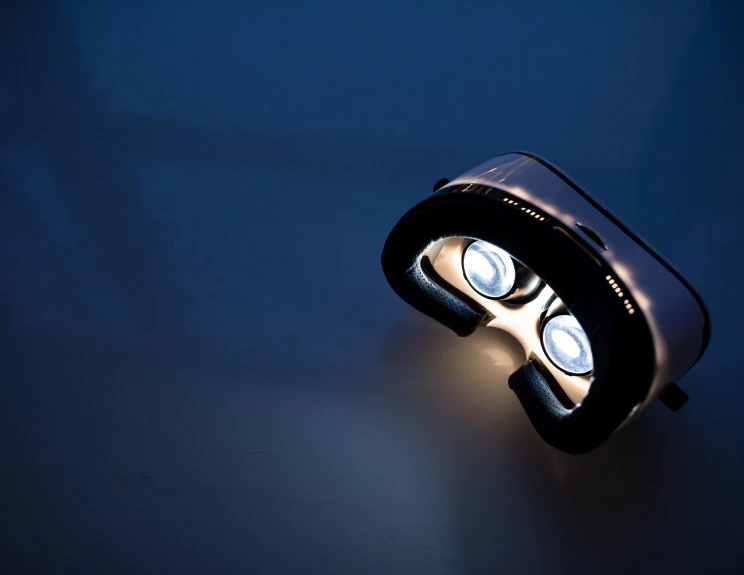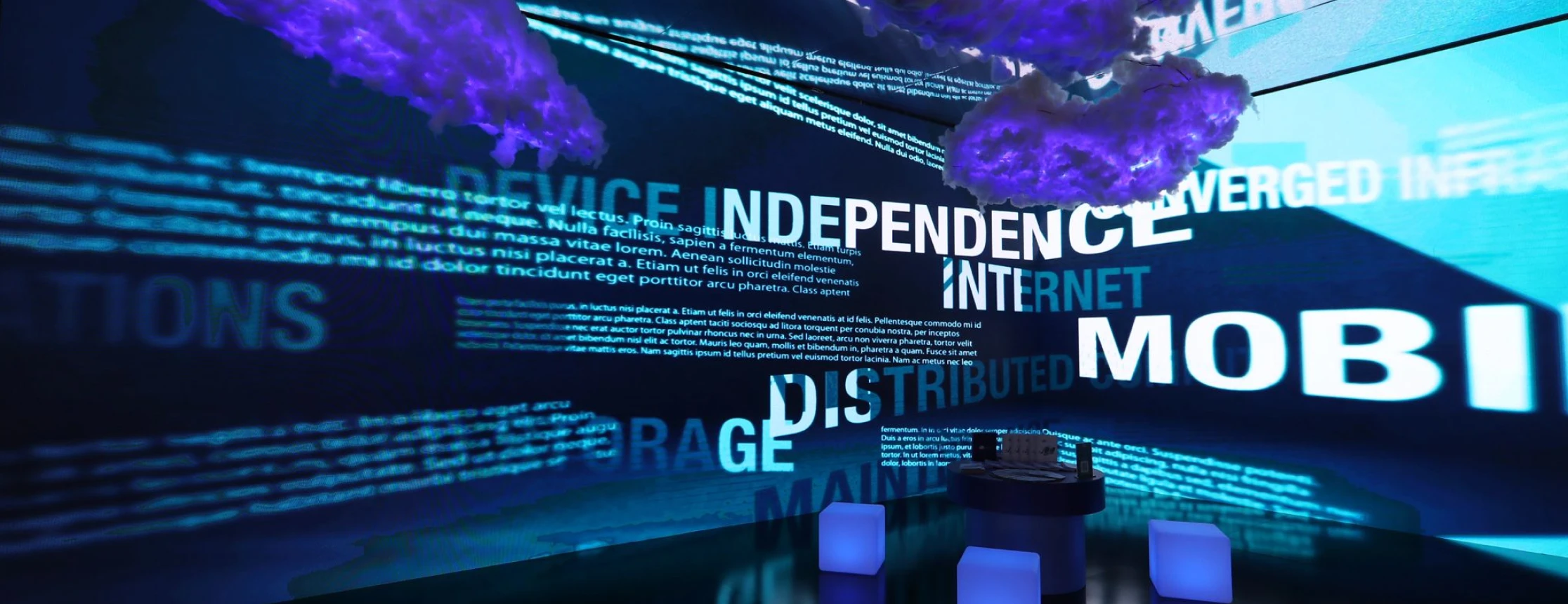
Advancements in connectivity technologies have played a pivotal role in driving the growth and expansion of the Machine-to-Machine (M2M) Internet of Things (IoT) market. The evolution of connectivity technologies, such as 5G, LPWAN, and satellite networks, has significantly enhanced the capabilities and scalability of M2M IoT deployments. These technologies provide faster, more reliable, and cost-effective connectivity options, enabling organizations to scale their M2M IoT initiatives, drive innovation, and unlock the full potential of interconnected ecosystems across industries. According to a report by Mordor Intelligence, the global M2M Connections market was valued at $19.18 billion in 2020 and is projected to reach over $26 billion by 2026, growing at a compound annual growth rate (CAGR) of over 5.55% [1].
The symphony of machines
Machine-to-Machine (M2M) automation refers to the seamless communication and interaction between devices, machines, or systems without the need for human intervention. It involves exchanging data and information between connected devices, allowing them to operate, monitor, and control processes autonomously. M2M automation enables efficient and real-time data transmission, analysis, and decision-making, enhancing productivity, reducing human errors, and optimizing various industrial and business operations. It forms a critical component of the Internet of Things (IoT) ecosystem, where devices and sensors can communicate and collaborate to create smart, interconnected systems. The number of connected M2M devices has been increasing rapidly. In 2020, the number of M2M connections worldwide reached approximately 8.9 billion, underscoring a 20% increase from 2019. This number is projected to grow further with the proliferation of IoT devices and the expansion of M2M applications across various industries [2].
A typical example of M2M technology would be ATMs. When initiating a transaction on an ATM, the internal computer continuously relays the information to a host processor. The processor then routes the transaction to the relevant banks and accounts, then proceeds to receive approval codes before returning to the host processor once more.
Difference between M2M and IoT
M2M (Machine-to-Machine) and IoT (Internet of Things) are related concepts but differ in scope and functionality. M2M refers to direct communication between machines or devices without human intervention, typically using cellular or wired networks. IoT, on the other hand, encompasses a broader network of interconnected devices, including sensors, actuators, and smart objects, which can collect, exchange, and analyze data through the internet. While M2M focuses on specific machine-to-machine communication, IoT involves a more extensive ecosystem of connected devices with the capability to interact with the environment and enable intelligent decision-making.
M2M key benefits include:
- Improved Efficiency & Product Quality: M2M automation enables real-time data exchange between machines and systems, streamlining production processes and reducing manual intervention. This leads to increased efficiency, reduced downtime, and optimized resource utilization. By enabling constant monitoring and data analysis, M2M automation helps identify defects or anomalies in the production process, ensuring consistent product quality and reducing the likelihood of errors.
- Cost Savings: With reduced manual labor and optimized production processes, M2M automation helps manufacturers lower operational costs and improve overall profitability.
- Real-time Data Analytics: M2M automation provides a wealth of real-time data, enabling manufacturers to make data-driven decisions, identify trends, and implement continuous process improvements. This includes the utilization of predictive maintenance, where machines can monitor their own performance and detect potential issues in advance, allowing for timely maintenance and avoiding costly breakdowns.
- Scalability: M2M automation allows manufacturers to easily scale their production processes to meet changing demands without significant reconfiguration or additional workforce.
Powering a future of connectivity
One prominent use case is predictive maintenance, where sensors and M2M communication enable real-time monitoring of machine health and performance. By collecting data on factors like temperature, vibration, and operating conditions, manufacturers can predict equipment failures before they occur, reducing downtime and maintenance costs.
Another application is smart inventory management. M2M devices track inventory levels and automatically send restocking alerts to suppliers when stocks are low. What is more, RFID tags are affixed to products, transmitting signals to the system and alerting retailers in the event of a theft attempt. This streamlines supply chain efficiency, reduces manual handling, allows higher security, and ensures timely replenishment.
In the retail sector, retailers are using this technology to manage inventory, streamline supply chains, and enhance customer experiences. For instance, smart shelves equipped with M2M sensors can monitor inventory levels in real-time, automatically triggering reordering processes to ensure optimal stock levels. M2M-enabled RFID tags enable accurate tracking and tracing of products throughout the supply chain, minimizing errors and reducing delays. Additionally, M2M technology powers interactive digital signage and smart fitting rooms, providing personalized recommendations and insights to shoppers based on their preferences and behaviors.
M2M also facilitates remote monitoring and control of manufacturing processes. IoT-enabled devices and M2M communication allow manufacturers to remotely access machines and adjust settings, enabling seamless supervision and optimization of production.
In healthcare, wearable devices equipped with M2M capabilities can continuously monitor vital signs, allowing healthcare providers to remotely monitor patients' health conditions and intervene promptly when necessary. M2M-enabled asset tracking systems help hospitals keep track of medical equipment and supplies, optimizing inventory management and reducing costs. Additionally, M2M technology is leveraged in medication management systems, where smart pill dispensers and connected medication containers ensure medication adherence by providing reminders and tracking dosages.
Furthermore, M2M aids in quality control by continuously collecting data from sensors during production. Artificial intelligence and machine learning are then applied to M2M data to detect and predict potential quality issues, which in turn improve production parameters, ensuring consistency and enabling real-time adjustments to maintain product standards.
M2M has revolutionized farming practices and enabled precision agriculture. M2M technology finds diverse applications in agriculture, such as smart irrigation, livestock monitoring, and crop management. For instance, M2M sensors integrated with soil moisture and weather data can provide real-time information to farmers, allowing them to optimize irrigation schedules and conserve water resources. Livestock monitoring systems equipped with M2M-enabled wearable devices can track animal health, location, and behavior, aiding in early disease detection and efficient herd management. Furthermore, M2M technology powers precision crop management by utilizing data from sensors, drones, and satellite imagery to monitor crop health, detect nutrient deficiencies, and optimize pesticide and fertilizer application.
Driver for a more sustainable and connected society
The world is shifting towards eco-friendly solutions that promote sustainable practices, energy efficiency, and minimized carbon footprint. By promoting efficiency, conservation, and sustainable practices, technology plays a pivotal role in driving sustainability and addressing the global challenges of climate change and resource depletion. M2M and IoT technologies emerged as sustainable solutions that can help companies align their ESG goals with the standards stated by the United Nations SDGs. A survey conducted by the World Economic Forum shows that 84% of IoT deployments are currently addressing or heading toward the defined SDGs [3].
One of its prominent use cases is the technology’s support in the transportation industry, where it is paving the way for smart and sustainable mobility solutions. M2M technology optimizes routes, monitors fuel consumption, and enhances vehicle maintenance. This leads to reduced fuel consumption, minimized emissions, and improved overall efficiency in the transportation sector. In the realm of waste management, M2M technology enables smart waste collection systems that utilize sensors and real-time data to optimize waste collection routes and schedules. This results in reduced fuel consumption decreased traffic congestion, and improved waste management practices.
From smart cities and precision agriculture to healthcare and logistics, M2M and IoT are transforming how organizations operate, optimize resources, and deliver value. As we continue to witness the rapid growth and evolution of advanced technologies like artificial intelligence and machine learning, one thing is certain: the interconnected world of devices and data is paving the way for a more connected, efficient, and sustainable future.
[1] https://www.mordorintelligence.com/industry-reports/m2m-connections-market
[2] https://www.statista.com/statistics/1190391/m2m-connection-growth-worldwide/
[3] https://www3.weforum.org/docs/IoTGuidelinesforSustainability.pdf




